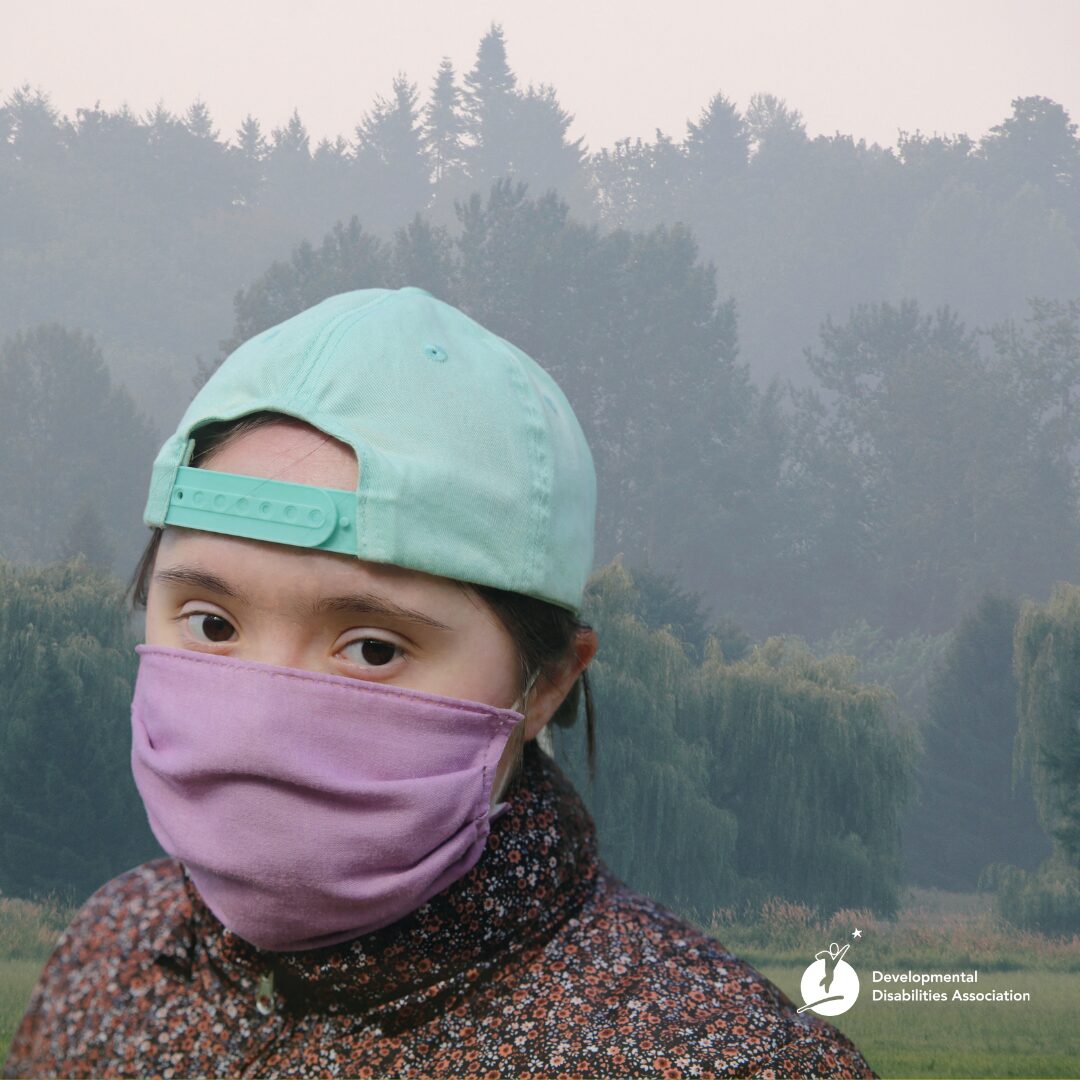British Columbia is already experiencing over 100 active fires as the forest fire season gets an early start. It seems every year we are exposed to the smoke that drifts over the Lower Mainland as forest fires from the Interior wreak havoc in the province. The smoke and poor air quality affect not only physical health but also mental well-being, particularly for people with developmental disabilities. This community may have difficulty communicating, processing sensory information, or understanding and responding to their environment when air quality is poor.
Forest fire smoke contains a complex mixture of particulates and other pollutants that can negatively impact health. Fine particulate matter can penetrate deep into the lungs, exacerbating respiratory conditions such as asthma and increasing the risk of cardiovascular problems. For people with developmental disabilities who may already have compromised respiratory or immune systems, exposure to poor air quality can be especially detrimental.
Challenges Faced:
Many people with developmental disabilities have heightened sensory sensitivities, making them more susceptible to discomfort and distress from things in the environment such as smoke and odors. They may have difficulty communicating their discomfort which can hinder individuals with developmental disabilities from expressing their needs or seeking help during periods of poor air quality.
Poor air quality likely means staying indoors for many people, disrupting routine as the weather warms. Changes in routine can be challenging for people with developmental disabilities who rely on predictability and structure in their daily lives.
Strategies for Support:
- Providing sensory-friendly resources such as masks, air purifiers, and visual schedules can help individuals with developmental disabilities cope with poor air quality and understand necessary precautions.
- Offering clear and accessible information about air quality, potential health risks, and protective measures through visual supports or simplified language can empower individuals with developmental disabilities to take appropriate actions.
- Encouraging and facilitating indoor activities that promote sensory engagement and relaxation, such as art therapy, sensory bins, or calming music, can help alleviate stress and discomfort during periods of poor air quality.
- Collaborating with caregivers, support staff, and community organizations to develop tailored support plans and ensure access to necessary resources and assistance during forest fire events.
By implementing targeted strategies for support and mitigation, we can help ensure the safety and comfort of this vulnerable population in the face of environmental challenges.



